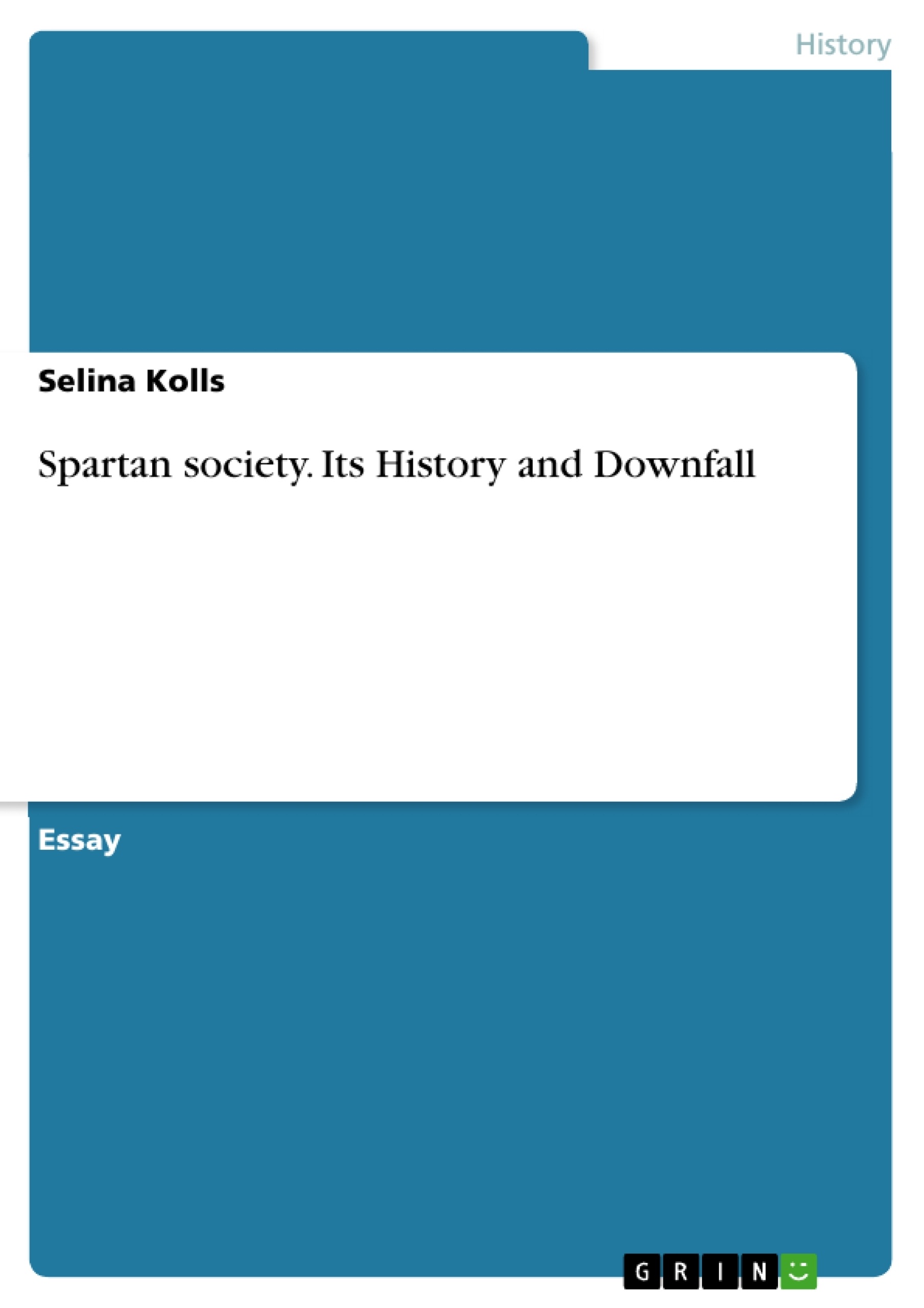This text depicts the Spartan Society and discusses its social classes, military upbringing and its eventual downfall.
Spartan society refers to a community of warriors that lived during primordial Greece. The society was militaristic and is remembered for its military prowess, specifically after conquering the Athens during the Peloponnesian battle. The Spartan way of life revolved around state loyalty as well as serving in the military. The society was divided into social classes, which depended on individual’s status. Unfortunately, the Spartans were eventually conquered by Thebes, resulting in the decline of the empire.
Frequently Asked Questions: Spartan Society Language Preview
What is the main topic of this preview?
This language preview provides an overview of Spartan society, including its social classes, military, and eventual downfall. It also includes a table of contents, chapter summaries, and key words.
What are the key aspects of Spartan upbringing discussed?
The preview covers how Spartan children, particularly boys, underwent rigorous military training known as "Agoge" from a young age. This training focused on discipline, endurance, and service. Girls also received physical education to ensure they could bear healthy children.
How was Spartan society structured?
Spartan society was divided into three main classes: Spartans (Spartiates) who were full citizens with political rights and land ownership, Perioeci who had some freedoms but paid taxes and worked as traders and craftsmen, and Helots who were slaves captured during conquests and performed agricultural labor.
What is mentioned about the Spartan military?
The preview highlights the Spartan military's prowess and its involvement in wars with Persia and Athens. It describes their military tactics and strategies that made them a formidable force.
What led to the downfall of the Spartans?
The preview explains that the Spartans' downfall was due to their defeat by the Thebans, the liberation of helots reducing their labor force and military size, and a lack of allies.
What references are used in the preview?
The references include works by Garland (1998) on daily life of ancient Greeks, a History.com article on Sparta (2016), a Live Science article by Jarus (2013) on the history of ancient Sparta, and Manfredi & Fedderson's novel Spartan (2007).
- Quote paper
- Selina Kolls (Author), 2016, Spartan society. Its History and Downfall, Munich, GRIN Verlag, https://www.grin.com/document/339000




